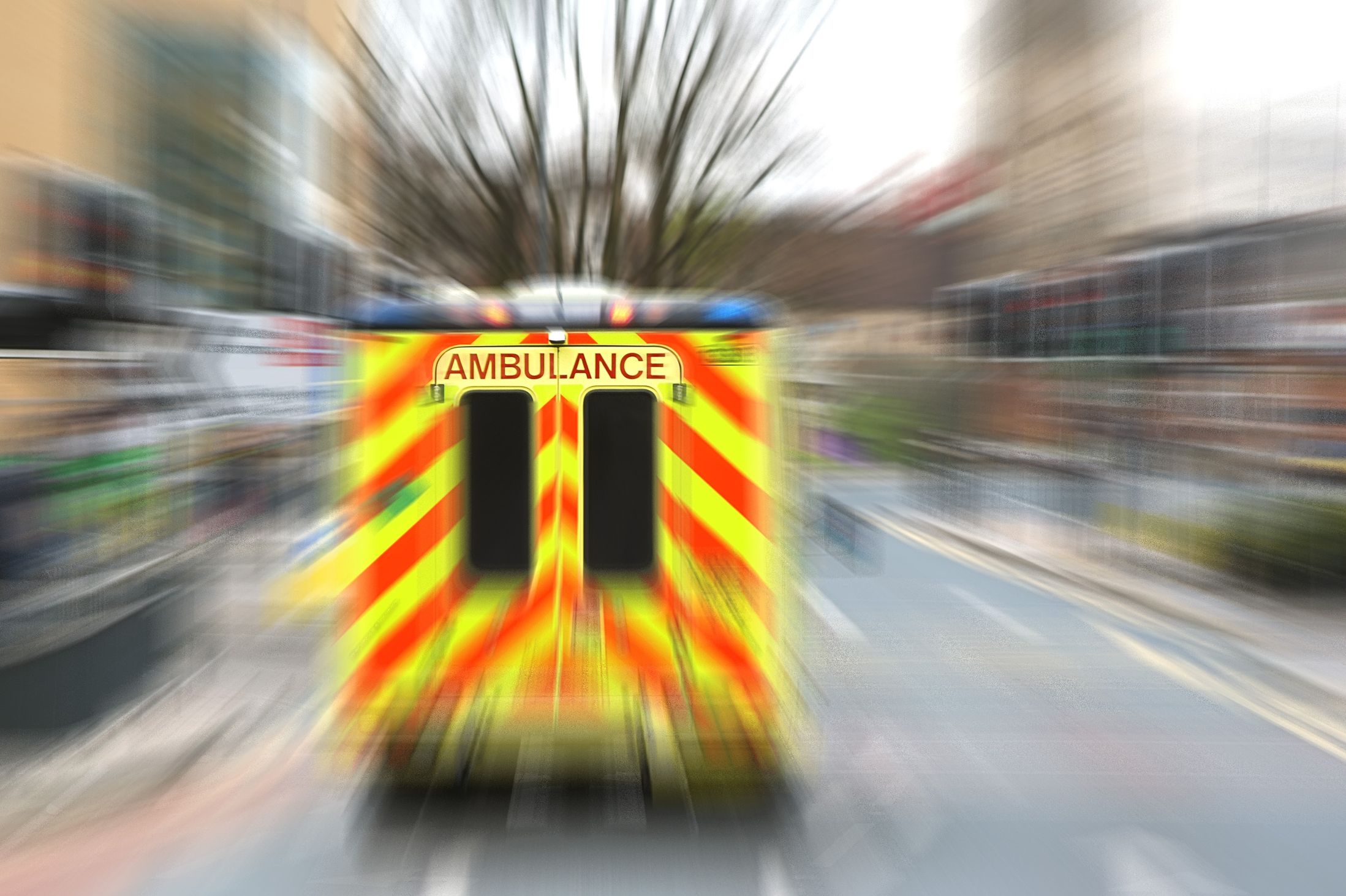
The Guardian - My life as a paramedic: when every second counts
Working against the clock, trying to save a stabbing victim’s life, made me angry for every time our ambulance is despatched to treat the hungover or lazy.
“General broadcast, all units on talk group one. 25-year-old male, multiple stab wounds, immediate assistance required, any vehicle available closer than one running from 10 miles away, please press priority or go green mobile.
My partner Dom and I are in the ambulance bay at a hospital. We have just dropped a patient off. We haven’t eaten for hours, and I really, really need to pee.
There are two other vehicles and their crews. One is cleaning blood out of their truck, and the other is assisting nurses to restrain a psychotic patient. Looks like it’s us, full bladder or not. We rush to load our trolley back in. Jumping in the driver’s seat I use the radio as we move: “Two-oh-one, clear and put us on that job, we’ll be moving in 15 seconds.”
Dom loads the trolley bed and I’m already putting the vehicle into drive, lights and sirens on, foot to the floor. Dom reads the vehicle computer to get more information while I do my Stig impersonation, navigating the narrow crowded streets.
We arrive. He’s lying on the footpath of a busy street. The police pull up. There’s a crowd around him. They’re distressed. I can see several stab wounds. Blood is pooling on the footpath. I look to Dom. He knows the score. We’ve done this before, once with multiple patients. Now is time for the critical decisions: do we stabilise on scene or do we scoop and run?
We opt for the latter. It’s his only chance at survival. He can’t walk or move but he’s too big for us to carry so Dom gets the trolley out. I plug holes, literally. His stab wounds are “sucking”, which means that with every breath, air enters the space between his chest and his lung, which collapses his lung and compresses the blood flow to his heart. He is dying.
We get him on to the trolley and into the ambulance. We were on the scene within six minutes of the stabbing, and are now leaving within four minutes of arriving. A paramedic from the fast response unit arrives and jumps into the ambulance to assist me.
I call the major trauma unit at the receiving hospital, telling them to prepare for a stabbing victim in severe respiratory distress. We estimate to arrive in 15 minutes but traffic is horrible.
I place a special trauma dressing on each side of the patient’s chest, but the rest of the holes also need to be plugged. The other paramedic cuts up a sticky defibrillator pad and covers the other holes. I must remember that trick for next time.
I reassess him. He’s paler and sweatier. His breathing is more rapid and shallow than when we arrived. His pulse is getting faster, but weaker. He’s lost blood, but not that much. I listen to his chest with my stethoscope. Neither lung is doing what lungs should do.
I need to stab him in the chest again, but this time to save him, by releasing the air. The other paramedic passes me two 14 gauge cannulas. They are more like knitting needles than normal medical needles. I ask Dom to keep the ambulance steady for 30 seconds while I try to decompress. He shifts from Stig mode to Sunday morning driver and the cars around us blare their horns.
My new colleague passes me each bit of equipment – just like in an operating theatre. I try to instruct the patient, just like we’re taught to do, but he’s almost unconscious. He might not make it to the hospital alive. I insert both large cannulas. But it doesn’t work. The needles are too short for such a big man. Do I try another needle? We’re now only a few minutes out. We decide to prepare him to move into the hospital.


